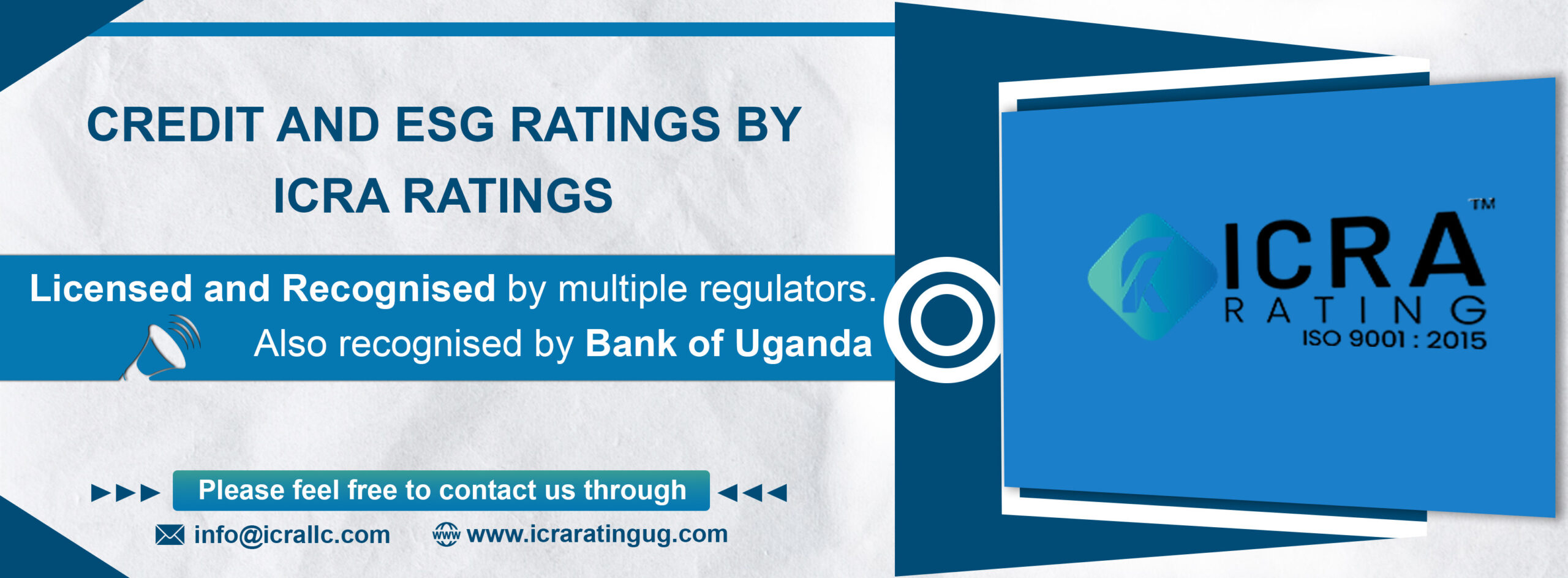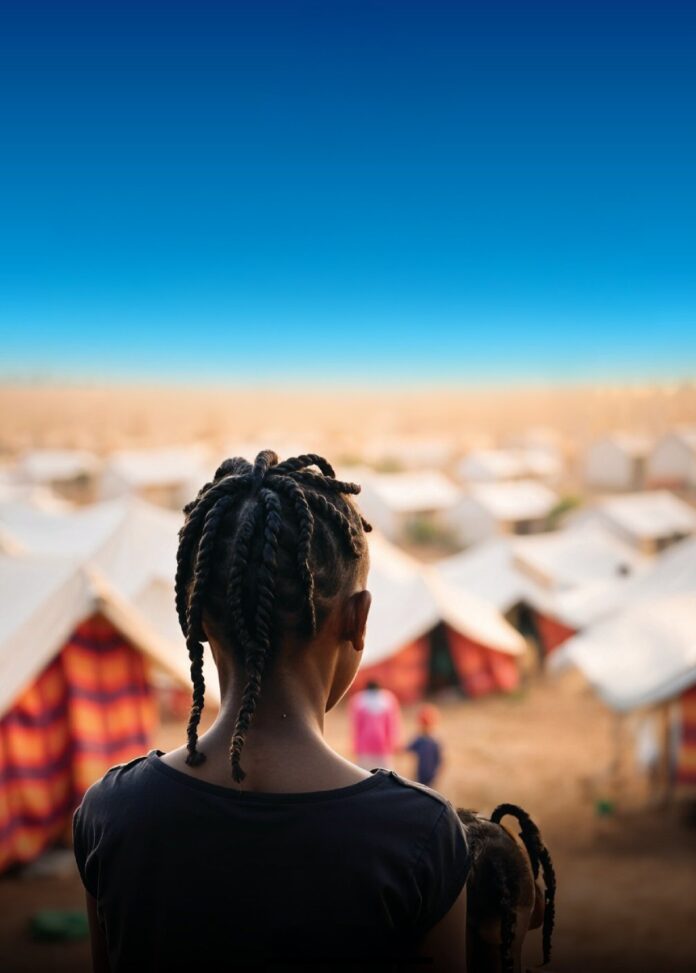A new study conducted in Uganda’s refugee settlements has revealed alarming rates of violence against children.
The first ever Humanitarian Violence Against Children survey conducted from March to April 2022 found that nearly 50% of young adults aged 18 to 24 experienced some form of violence before they turned 18.
Speaking on September 12, 2024, during the launch of the full Report and Dataset of the 2022 Uganda Humanitarian Violence Against Children and Youth Survey (HVACS) at the Mestil Hotel, Dr. Chi-Chi Undie commended the government for its efforts to address refugee crises in Uganda.
“In an era where refugee crises are ubiquitous and are considered one of the most significant challenges of this century, we are humbled by this opportunity to work with the government of Uganda to meet their goals for the refugees that they host,” said Dr. Chi-Chi.
According to the survey, violence covering sexual, physical, and emotional abuse has left a devastating impact on the victim’s health, education, and mental well being.
The survey sampled 13- to 24-year-olds from all 13 refugee settlements in Uganda. It found that 40% of boys and 32% of girls aged 13 to 17 had experienced violence in the past year alone, whereas many children encountered violence after arriving at the refugee settlements.
Among 18- to 24-year-olds, 73% of females and 53% of males reported their first experience of sexual violence occurred after resettlement.
The study led by the Population Council and conducted by the Baobab Research Programme Consortium (RPC) in collaboration with the Ugandan government and the US Centre for Disease Control and Prevention, among other international organizations highlights the prevalence of violence in refugee communities.
According to the World Health Organization violence against children refers to all forms of abuse or maltreatment of people under the age of 18 years. This includes physical or emotional ill-treatment, sexual abuse, neglect or negligent treatment or commercial or other exploitation, resulting in actual or potential harm to a child’s health, survival, development or dignity.















